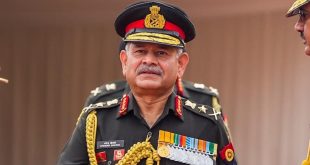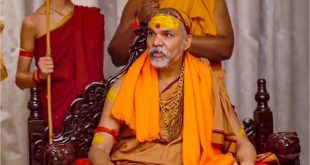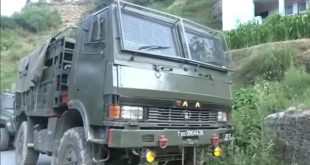 Unveiling the Art of Questioning in the Indian Parliament
Unveiling the Art of Questioning in the Indian Parliament
In the bustling lanes of Indian politics, Mahua Moitra, a prominent leader of the Trinamool Congress (TMC), has made waves from the streets to the hallowed halls of Parliament, relentlessly challenging the Modi government. However, her name was thrust into controversy when allegations of accepting money in exchange for posing questions surfaced. Previously, Nishikant Dubey, a Member of Parliament from Godda, Jharkhand, had faced similar accusations. The intrigue escalated when it was revealed that prominent figures in Mumbai’s real estate industry, like Darshan Hiranandani, had become government witnesses. This was due to Mahua Moitra’s purported use of her parliamentary login to pose questions.
The Probe into Mahua Moitra’s Cash-for-Questions Controversy
The matter of cash-for-questions is now under the purview of the Parliament’s Ethics Committee, with a hearing scheduled for the 26th of October. Nishikant Dubey, a BJP Member of Parliament, alleged that Moitra had taken money from Darshan Hiranandani to target the Adani Group and Prime Minister Modi through her parliamentary questions. In this article, we delve into the intricacies of how members of the Lok Sabha and Rajya Sabha pose questions, and the regulations that govern this parliamentary practice.
Understanding the Rules of Questioning
1. The Question Hour
In the Lok Sabha, the Question Hour typically commences during the first hour of the day, while in the Rajya Sabha, it begins after 12 PM. This designated time, known as the Question Hour, is when parliamentarians put forth questions to the government regarding their constituencies or on issues of national importance. The respective ministry or department’s minister responds to these questions. If a member is unsatisfied with the answer, they can ask supplementary or follow-up questions.
2. Categories of Questions
Questions in the Indian Parliament are categorized as follows:
- Oral Questions: These questions are asked verbally, with the member waiting for their turn to pose the question, and the minister responding immediately.
- Written Questions: Members submit written questions in advance. The minister provides a written response, and these questions are taken up during the Question Hour.
- Short Notice Questions: In urgent situations, a member can submit a short notice question, which is answered within 10 days.
3. Supplementary Questions
Supplementary questions can be asked if a member is not satisfied with the initial response. They can seek further clarification or more details on the topic. These questions are meant to ensure a comprehensive understanding of the matter at hand.
4. Unstarred Questions
Unstarred questions are those that do not require an immediate oral response in the Parliament. These questions are answered in writing and are often related to minor, specific issues.
5. Notice Period
The notice period for posing a question is a minimum of 15 days. This timeframe allows members and the government to adequately prepare for the discussion.
Limitations on Asking Questions
While the parliamentary rules and procedures facilitate the members’ right to pose questions, there are certain restrictions in place. Members cannot ask questions that tarnish someone’s character or involve misconduct. Repetitive questions, ones that have already been asked, are also discouraged. Additionally, issues that are sub judice, meaning under court consideration, or being examined by a parliamentary committee, cannot be raised through questions.
Conclusion
The art of questioning in the Indian Parliament is a crucial aspect of the democratic process. It enables members to represent their constituencies effectively and hold the government accountable. While it is a powerful tool, it comes with its own set of rules and regulations to ensure its fair and ethical use.
 Suspense Crime Sach Ka Dam
Suspense Crime Sach Ka Dam


